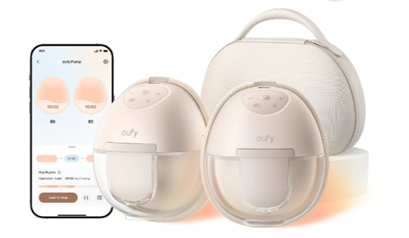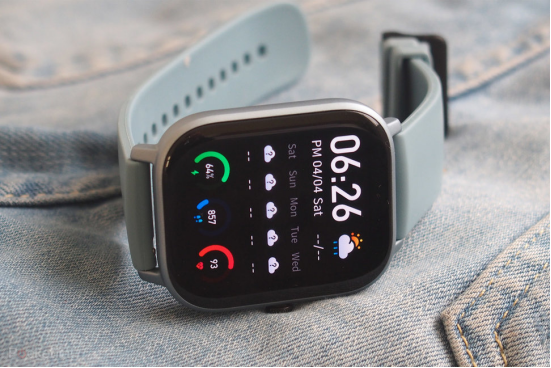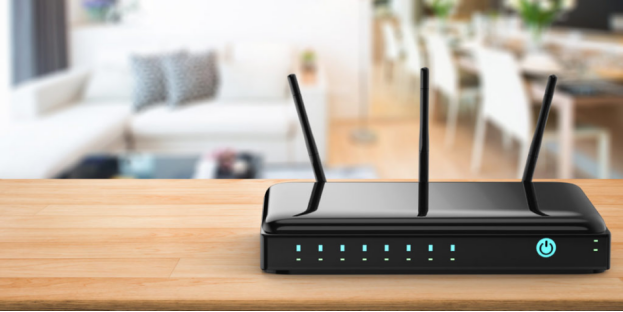Storing breast milk safely is crucial to maintaining its nutritional value and ensuring your baby’s health. Proper storage involves understanding the significance of time and temperature in preserving milk freshness. Parents need practical tips to prevent bacterial growth and the spoilage of the milk. This guide covers essential practices and precautions for handling breast milk. By learning these methods, you can feel confident that your baby is enjoying safe and fresh milk. This also provides peace of mind, knowing that your milk is stored under optimal conditions, ready for whenever your baby needs it.

Understanding the Role of Temperature in Milk Freshness
Why Heat Speeds Up Spoilage
Heat accelerates the spoilage of breast milk due to increased bacterial activity. At higher temperatures, bacteria multiply rapidly, causing the milk to sour. Enzymes that break down milk fats and proteins also become more active when milk is warm. This degradation process diminishes nutritional value and can make the milk unsafe. Maintaining a cooler environment helps slow down bacterial and enzymatic activity, keeping the milk fresher for longer.
How Cold Slows Bacterial Growth
Cold temperatures are essential for slowing bacterial growth in breast milk. Refrigeration creates an environment where bacteria reproduce at a much slower rate. This is crucial for extending the milk’s shelf life and preserving its nutritional content. At temperatures of 4°C (39°F) or lower, the metabolic activities of bacteria are significantly reduced. This minimizes the risk of spoilage, keeping your breast milk safe and fresh until your baby is ready to consume it.
Temperature Fluctuations to Avoid
Frequent temperature changes can compromise breast milk quality. When milk experiences temperature fluctuations, the risk of bacterial contamination increases. It’s important to maintain consistent cold conditions, as repeated warming and cooling can cause separation and spoilage. Avoid storing milk near fridge doors where fluctuations occur due to frequent opening. Consistency is key to keeping the milk safe and palatable for your baby.
Smart Temperature Practices for Parents
Avoid the Fridge Door for Milk
Keeping breast milk away from the fridge door is crucial. The door is one of the warmest spots because of constant opening and closing. This results in temperature fluctuations, compromising milk quality. Instead, store milk containers toward the back of the refrigerator, where temperatures remain more consistent and cool. By doing so, you ensure fresher milk with stable temperatures that help maintain its quality and safety for your baby.
Prep and Cool Milk Immediately After Pumping
After pumping, it’s best to cool breast milk immediately. Prompt cooling helps prevent bacterial growth. Transfer freshly expressed milk into sterile containers and place it in the refrigerator without delay. This approach preserves the milk’s nutritional and immunological properties. Quickly cooling the milk safeguards your baby’s health, ensuring they receive the best nutrition possible.
Store Milk in the Coldest Part of the Fridge
Optimally storing breast milk means placing it in the coldest part of the fridge. The back of the refrigerator, particularly on the lower shelves, tends to maintain the lowest temperatures. Avoid areas near the door or front where temperatures fluctuate more. By positioning milk here, you reduce the chance of spoilage and maximize freshness, assuring your baby benefits from the stored nutrition.

Monitoring and Managing Storage Conditions
Use of Fridge/Freezer Thermometers
Fridge and freezer thermometers are vital tools for ensuring milk is stored at safe temperatures. These devices monitor the interior temperatures, helping you maintain optimal conditions. Place thermometers in both the refrigerator and freezer sections. By regularly checking the readings, you can adjust the cooling settings as needed. This proactive approach helps in keeping the milk fresh and your baby safe.
What to Do After a Power Outage
Power outages can jeopardize milk safety. When an outage occurs, it’s vital to keep the refrigerator closed to preserve the cold temperature for as long as possible. If milk is partially thawed but still has ice crystals, it is usually safe to refreeze or use it. In cases where there’s no ice but milk is cool, it should be used within 24 hours. It’s essential to plan ahead with a backup power source or cooler to protect your breast milk supply.
Tips for Transporting Stored Milk
Transporting breast milk requires careful attention to temperature maintenance. Use insulated coolers with ice packs to keep milk cold during travel. Limit the time milk is out of refrigeration and check temperatures upon arrival at your destination. Ensure milk remains at or below 4°C (39°F) during transit. This vigilance ensures that milk stays fresh until you’re ready to use it, sustaining the quality and safety for your baby’s consumption.
Conclusion
Understanding the right storage techniques for breast milk is essential for preserving its quality and nutritional value. By focusing on temperature control, parents can effectively limit bacterial growth and avoid spoilage. Knowing how long is fresh breast milk good for allows you to make informed decisions about when and where to store it. Store breast milk in the coldest parts of your fridge, monitor internal temperatures regularly, and protect your supply during transport or unexpected power outages. These practices help ensure your child receives the safest, most nutritious milk possible.





















03 Comments
Karon Balina
19th May 2022 ReplyLorem ipsum dolor sit amet, consectetur adipisicing elit, sed do eiusmod tempor incididunt ut labore et dolore magna aliqua. Ut enim ad minim veniam, quis nostrud exercitation ullamco laboris nisi ut aliquip ex ea commodo consequat.
Julias Roy
19th May 2022 ReplyLorem ipsum dolor sit amet, consectetur adipisicing elit, sed do eiusmod tempor incididunt ut labore et dolore magna aliqua. Ut enim ad minim veniam, quis nostrud exercitation ullamco laboris nisi ut aliquip.
Arista Williamson
19th May 2022 ReplyLorem ipsum dolor sit amet, consectetur adipisicing elit, sed do eiusmod tempor incididunt ut labore et dolore magna aliqua. Ut enim ad minim veniam, quis nostrud exercitation ullamco laboris nisi ut aliquip ex ea commodo consequat.